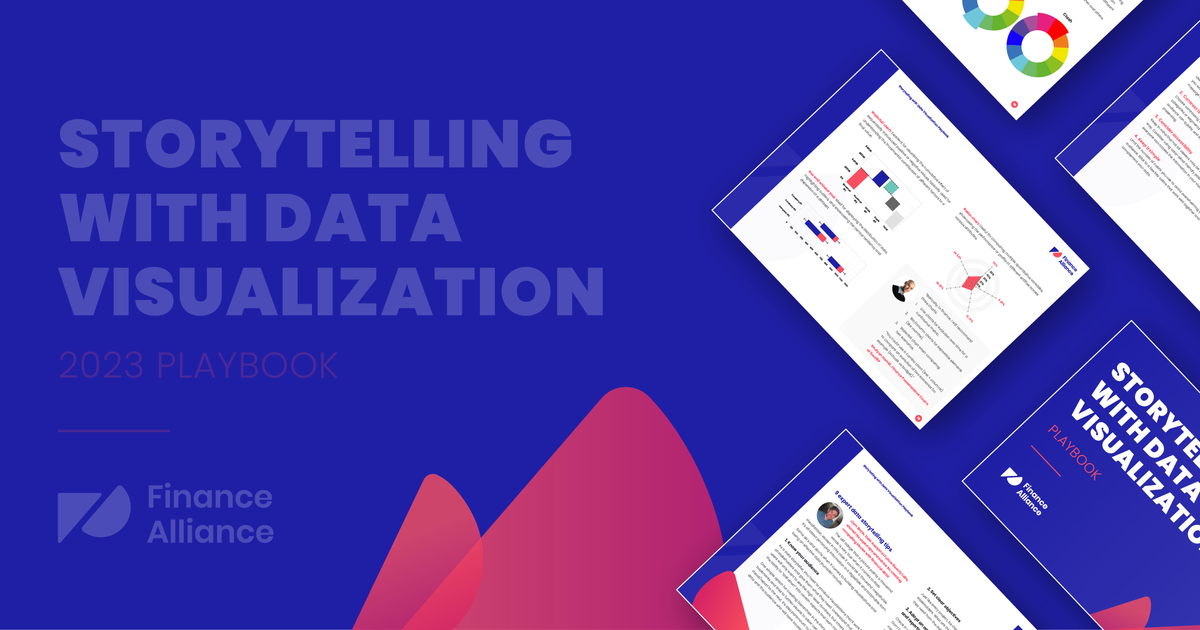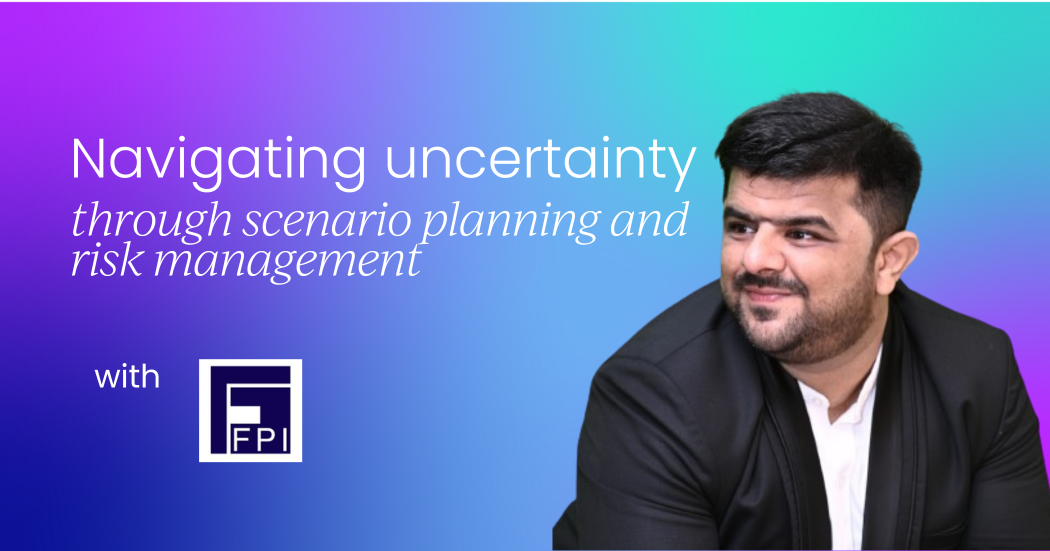This article is based on a presentation given by Mathew Reynders, VP of FP&A, Outbrain, at our FP&A Summit, Boston, 2024. Check out this presentation, and others, using our OnDemand service. And for more exclusive content, check out your membership dashboard.
Storytelling often gets a bad rap in finance, but it shouldn't. In fact, effective storytelling is one of the most powerful tools for communicating complex financial data in a way that drives decision-making and creates clarity.
Too often, finance professionals default to spreadsheets and overwhelming data dumps, neglecting the importance of clarity, structure, and narrative.
Let’s explore how you can use storytelling principles to elevate your financial presentations.
What do Barack Obama, Oprah Winfrey, and Nikki Glaser have in common?
They all excel in storytelling. Their success in connecting with audiences comes from their ability to clearly communicate messages and ideas.
In finance, we can learn a lot from them. Effective communication is essential, yet it is often overlooked. Whether presenting a budget to a board of directors or sharing financial insights with leadership, clear storytelling can make all the difference. These individuals master the art of engaging their audience by keeping things relatable, clear, and focused on the message.
The ability to break down complex ideas into easily understandable messages is not limited to public speakers alone. Finance professionals can benefit immensely by simplifying technical data and presenting it in a way that resonates with their audience.

A tale of two presentations
Let me share two contrasting examples from my experience leading FP&A teams. The first presentation was, to be honest, a disaster:
Presentation one:
- 47 slides
- Sent 15 minutes before the meeting with the CEO and CFO
- Key points hidden on slide 44
👉 Result: No decisions made, endless follow-ups, and frustration
It was thorough, yes, but so overwhelming that we left the meeting with no progress and just more work to do. The sheer volume of data clouded the message, leaving decision-makers unsure of what actions to take.
Presentation two:
- Seven slides
- Sent a full day before the meeting
- Executive summary included
👉Result: Finished early, decisions made, clearer outcomes
The second approach was drastically different. It was concise, focused, and designed to enable decision-making. By sending the presentation in advance, leadership had time to review the material, which helped streamline the conversation and focus on actionable insights rather than wading through unnecessary details.
Why storytelling matters in finance
Storytelling is not about making up facts or avoiding data; it’s about presenting facts in a structured and compelling way that ensures clarity and focus. The ability to transform complex data sets into a narrative that makes sense is crucial in decision-making environments.
Think about it: if you just send a massive Excel file with a dozen tabs, you're not helping anyone understand what the data actually means. Storytelling, however, provides context, clarity, and focus.
Not a smokescreen: Storytelling doesn’t hide data but clarifies its meaning.
Grounded in facts: You still need to do the data work and ensure accuracy.
Drives decision-making: Clear storytelling highlights key insights for informed decisions.

The problem with data overload
We often think sending exhaustive spreadsheets shows how much work we’ve done. But flooding stakeholders with 47 slides or 15 tabs of data doesn't clarify anything. Instead, it creates confusion. Overloading your audience with excessive details can create confusion and dilute the core message.
A common mistake is letting the audience dig for insights instead of guiding them directly to the answers. This data overload can happen when:
- There’s uncertainty about the message.
- The presenter hasn’t identified the key points.
- There’s fear of omitting important details.
The solution?
Provide clarity by summarizing the most critical points upfront.
Keys to effective storytelling in finance
To tell a powerful financial story, you need to start with the end in mind. Consider the decision or action you want your audience to take and shape your narrative around that goal. Knowing your audience is essential—different stakeholders value different levels of detail, so adapt your presentation style to their preferences.
Clarity should always be the priority. Summarize the key insights clearly without unnecessary complexity. Rather than overwhelming your audience with raw data, focus on highlighting trends, variances, and patterns that matter most to your message.
Visual aids can be powerful but should be used carefully. Graphs and charts can clarify complex points but can also confuse if overused. Keep them simple and directly tied to the story you’re telling.
Crafting your narrative: A practical approach
Building a strong financial narrative starts with identifying your core message. Ask yourself what insight is most critical—are you explaining a trend, justifying a decision, or seeking approval?
Once you've defined this, ensure your data directly supports your core message. Be prepared to provide deeper details if requested, but avoid leading with excessive complexity.
The structure of your narrative matters greatly. Begin with a high-level summary that frames the discussion. Follow with the most critical insights, explaining their significance and impact. Conclude with clear recommendations or actions that need to be taken based on the data presented.
It's also essential to avoid data overload. Present summaries and key metrics rather than exhaustive reports. If additional detail is necessary, consider including it in an appendix rather than the core presentation. This keeps the focus on insights rather than raw data.
Lastly, keep your audience engaged by making your message easy to follow. Encourage feedback and tailor your presentation style to suit the audience’s preferences, ensuring the conversation stays productive and focused.

Confidence and trust building
Confidence stems from preparation and clarity. When you present a focused, concise summary of your findings, you position yourself as the expert. Trust is built when:
- Data is accurate and clearly presented.
- Recommendations are grounded in evidence.
- The audience feels their time is valued.
Remember, questions and follow-ups are not failures. They are signs of engagement and interest. Each interaction helps you better understand your audience’s preferences and priorities, refining your storytelling for future presentations.
Key takeaways for financial storytelling
- Clarity over complexity: Simplify your message. Avoid overwhelming data.
- Summarize effectively: Lead with insights, not raw data.
- Structure matters: Use clear frameworks with summaries and recommendations.
- Confidence is key: Trust your preparation and communicate with certainty.
- Drive decisions: Your goal is to support effective decision-making, not just share data.
Final thoughts
Next time you're asked to present financial insights, challenge yourself. Can you distill your findings into a concise, compelling narrative? Are you answering the core questions clearly? If so, you're on the path to mastering financial storytelling.




 Follow us on LinkedIn
Follow us on LinkedIn






